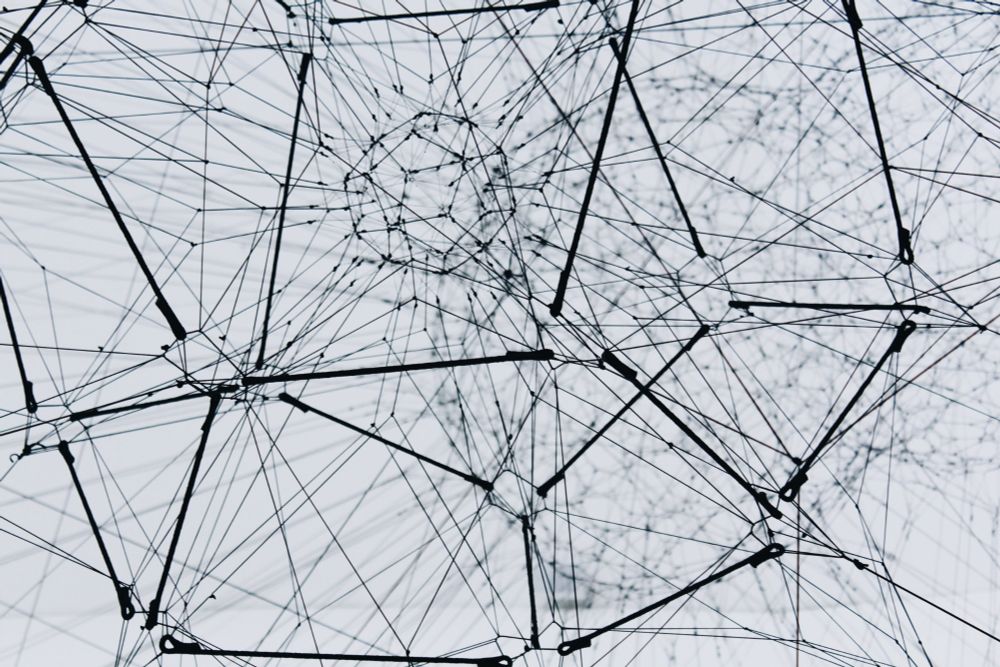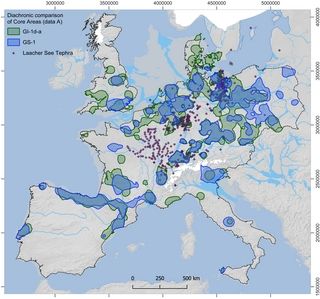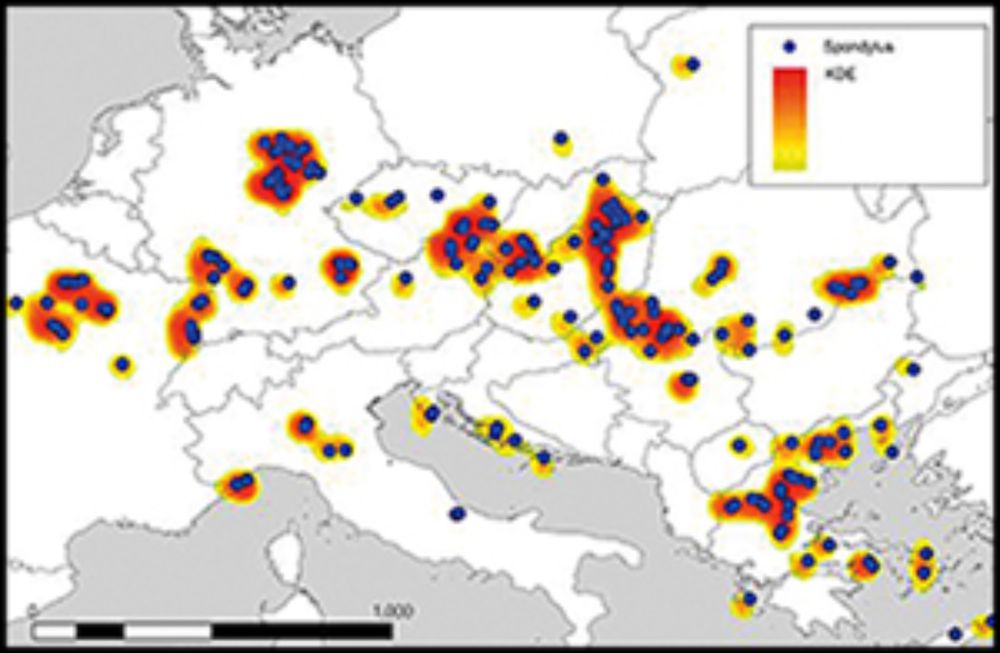Weiß jemand, warum in Berlin der Palast der Republik abgerissen wurde, Hitlers Olympiastadion von 1936 aber nicht?
05.10.2025 06:58 — 👍 253 🔁 47 💬 49 📌 2

Cover of the book reviewed.
📕 What is gender #archaeology? 🏺
Explore how we can research gender roles in the past and how different gender issues in the academic world affect current archaeological thought in our latest #NewBookChronicle 🆓 doi.org/10.15184/aqy...
30.09.2025 14:04 — 👍 29 🔁 8 💬 0 📌 0

Looking for a place to submit your finished paper? We propose a totally free and transparent initiative! Made by archaeologists for archaeologists. Follow the steps below! 🏺🧪
27.09.2025 07:47 — 👍 4 🔁 2 💬 0 📌 0
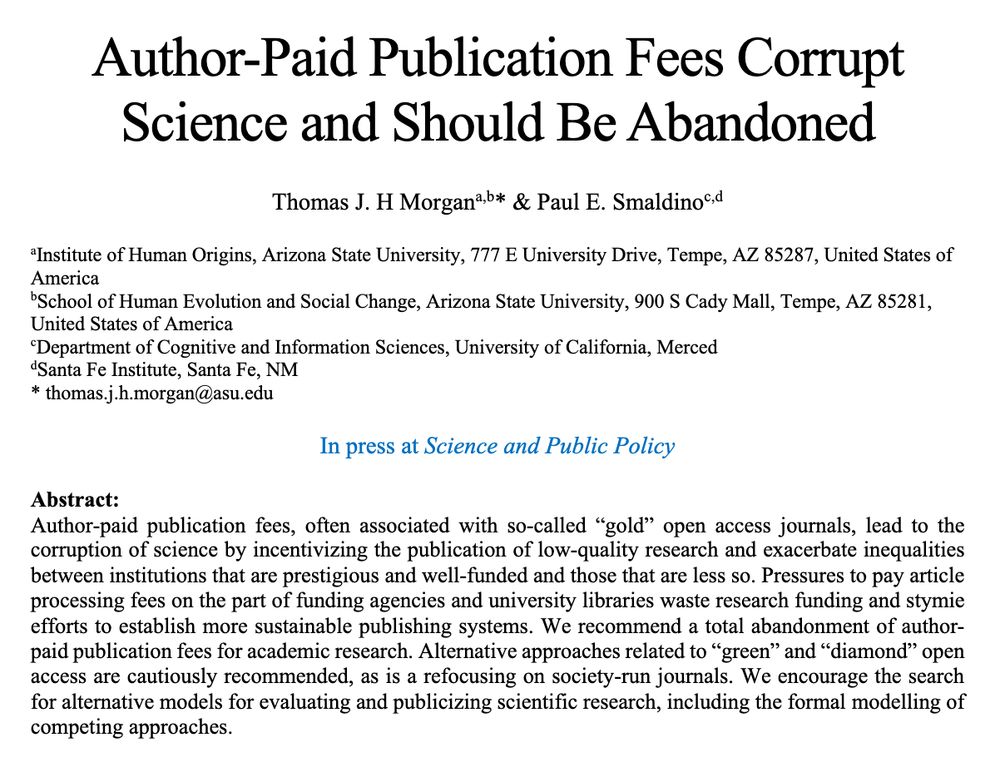
Author-Paid PublicationFees Corrupt Science and Should Be Abandoned
Thomas J. H Morgan & Paul E. Smaldino
As grant money starts drying up, it's more important than ever not to waste it on paying publishers' open access "article processing fees" when we can host PDFs for free. Tom Morgan and I wrote a paper on this, forthcoming at Science and Public Policy. Accepted draft here: osf.io/preprints/os...
09.05.2025 17:26 — 👍 398 🔁 134 💬 9 📌 18
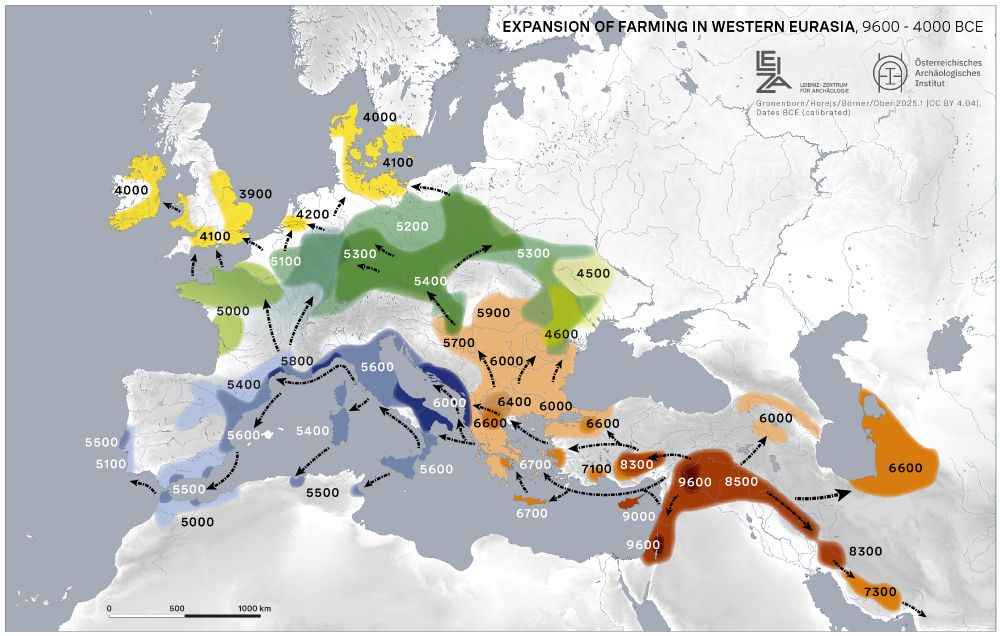
It's out! 😀
THE MAP: EXPANSION OF FARMING IN WESTERN EURASIA, 9600-4000 BCE
2025.1
Regional updates, particularly 🇺🇦. Colour and greyscale resolutions, and much asked for colour code and legend.
@barbarahorejs.bsky.social @leizarchaeology.bsky.social @oeai.bsky.social
zenodo.org/records/1688...
15.08.2025 11:30 — 👍 111 🔁 56 💬 4 📌 7
Great participation in our session on AI in Archaeology at #KielScales25. Many interesting talks, projects and ideas on how to use and deal with AI and ML applications.
A really wonderful discussion why "digital literacy" is also important for archaeological research.
🏺
26.03.2025 19:37 — 👍 10 🔁 2 💬 0 📌 0
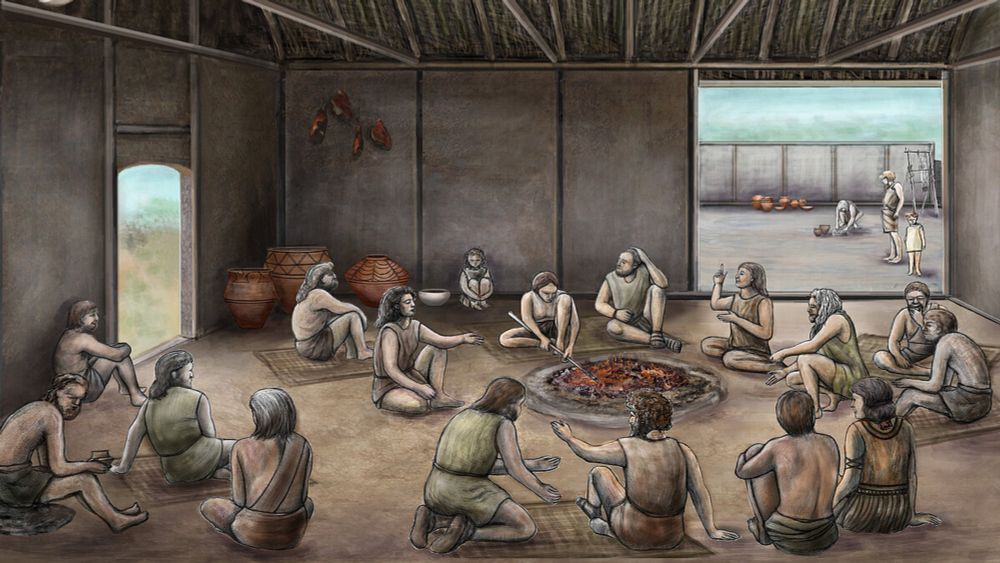
Peoples’ opportunities spur innovation 6,000 years ago
The UN’s Human Development Index provides new explanations for the success of Europe’s first mega settlements.
A new philosophical-archaeological study by #ClusterROOTS members Vesa Arponen, René Ohlrau and Tim Kerig provides an analytical tool based on the #UnitedNations' #HumanDevelopmentIndex that can be applied directly to archaeological data. Read the whole story: www.uni-kiel.de/en/cluster-r...
🏺
29.11.2024 10:53 — 👍 7 🔁 4 💬 1 📌 0
Currently, our database is mainly focussed on neolithic Europe but we are expanding.
A first study was conducted, discussing the spread of the Linear Pottery Culture (Hilpert & Kerig _in print_) and a second, focussing on the transition between the Neolithic and Bronze Age is in preparation.
2/3
28.11.2024 12:14 — 👍 2 🔁 0 💬 1 📌 0
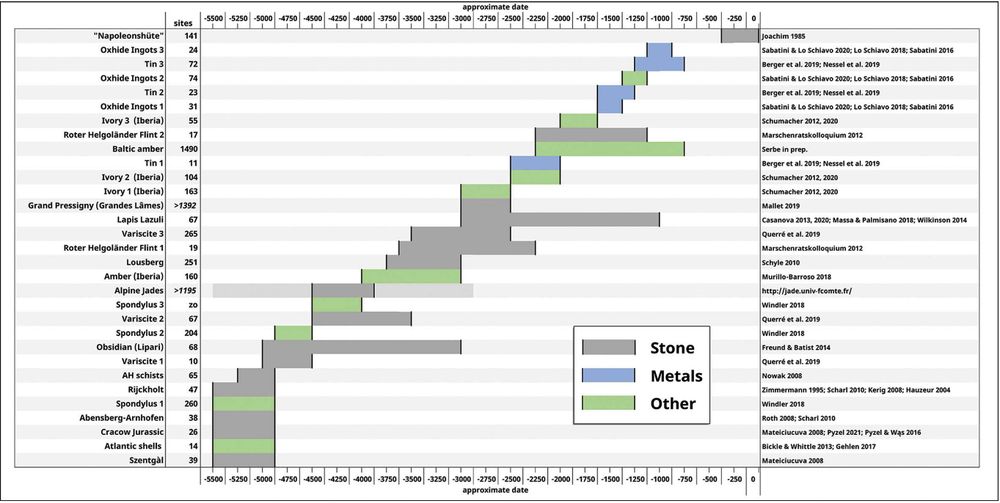
Current datasets incorporated in Big Exchange and their distribution in time. Currently 20 different raw materials are incorporated. Different kinds of flint, precious stones (e.g. Lapis Lazuli, Jade), Spondylus shells, Amber, Tin, or Oxhide Ingots. From Kerig et. al. 2023
What is the Big Exchange Project?
The project is an international collaboration with archaeologists and network scientists to inverstigate lagre-scale exchange networks in Prehistoric Eurasia and Africa. We focus on raw materials with a distinct source which data are publically available.
1/3
28.11.2024 12:14 — 👍 4 🔁 2 💬 2 📌 0
Really productive (and a bit exhausting) day at the HESCOR Working Group Meeting at the University of Cologne today. Discussing different ideas on prehistoric networks and future directions of the Big Exchange Project. 🏺
27.11.2024 22:29 — 👍 3 🔁 0 💬 0 📌 0
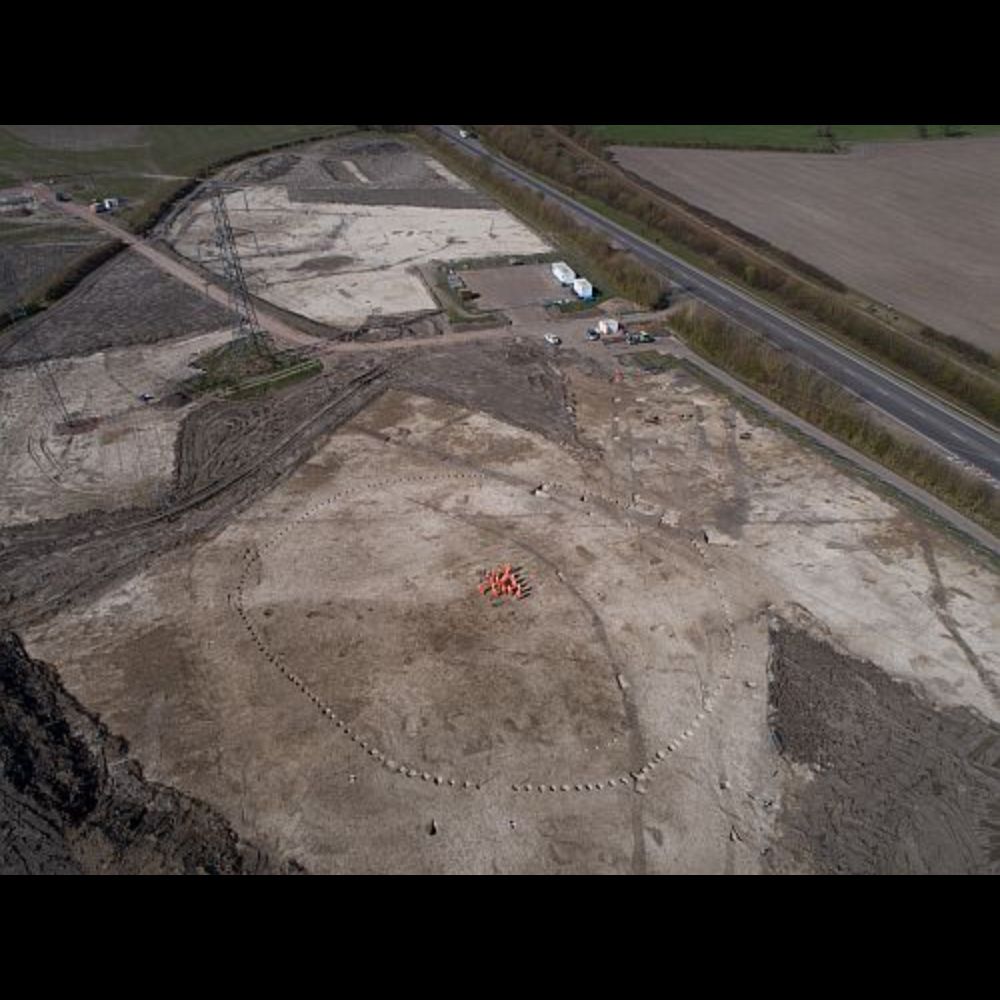
HS2 Phase One: Heritage GIS Digital Archive (Data paper)
This data paper highlights the GIS spatial datasets generated from the HS2 Phase One historic environment fieldwork programme. The paper explains the technical components of the datasets which are dep...
New in IA: HS2 Phase One: Heritage GIS Digital Archive (Data paper) doi.org/10.11141/ia.... by Fred Farshid Aryankhesal
Highlighting the GIS spatial datasets from HS2 Phase One historic environment fieldwork programme & explains the technical components of the ADS datasets
31.10.2023 15:36 — 👍 7 🔁 4 💬 0 📌 1
The official BlueSky handle for The Connected Past community. Find upcoming events: https://connectedpast.net/
Antiquity is a bimonthly review of world archaeology edited by Professor Robin Skeates. Please be aware that we sometimes share relevant images of human remains. https://antiquity.ac.uk/
Archaeologist | Prehistorian
interested in #neolithic europe, prehistoric rhineland, #rstats, playing guitar (badly)
Head of Field Office Titz, LVR-State Service for Archaeological Heritage Managment in the Rhineland (privat account/personal opinion)
Researcher at the Institute of Prehistoric Archaeology at the University of Cologne |
Coordinator of the HESCOR Project
We are a publisher of academic books. We believe our books should be freely available to every one. Buy our printed books, or access them online for free!
Nordic TAG 2026 will be hosted by Linnaeus University in Sweden!
Save the date: 6-9 May 2026, Kalmar.
Community-driven, free, open and transparent peer-review for #preprints in #Archaeology
http://archaeo.peercommunityin.org
also @PCI_Archaeology@archaeo.social
Follow me to receive notifications via DM whenever you're added to a starter pack, block list, feed or when someone blocks your account.
Follow @unsub.blocks.listifications.app to opt out of direct block notifications.
Archaeologist AND single mother of one. PhD researcher in Neolithic megaliths, earthen burials and archaeological theory at Kiel University and @ClusterROOTS.bsky.social (Cluster of Excellence ROOTS). Boardmember @agtida.bsky.social . Views my own.
Semi-automatically curated list of new publications in Network Science by @allard.bsky.social. For details, comments or suggestions, see http://antoineallard.info/networkspapers
Post-doc in ROOTS Cluster of Excellence, CAU Kiel
Studying medieval urbanism and the ecology of mining
#Palaeolithic #archaeology freelance, feminist, labour unionist, she/her;
previously: LEIZA-ZBSA, Schleswig & CRC 1266/ Kiel University, UCL Institute of Archaeology, MONREPOS/LEIZA;
Mastodon: @SonjaBGrimm.archaeo.social
Instagram:@grimms.palaeotales
ISW is a policy research organization focused on U.S. national security. Email: press@understandingwar.org. For more: https://linktr.ee/understandingwar
Looking into it. Chief Looker: @jenn.bsky.social
Hello! I'm Lain Volta /shemusic
Electronic⚡, Chiptune👾 and Glitch Music🎛️ using only Music Trackers
Spotify: http://spoti.fi/2csj7Pf
Bandcamp: http://sheofficial.bandcamp.com
Patreon: https://www.patreon.com/Lainvolta
Socials: https://linktr.ee/shemusic
Aurora forecasts and solar physics updates by a space weather physicist working at NASA. Opinions may not represent official gov’t forecasts.
Get space weather summaries sent to you every M/W/F:
https://www.patreon.com/spacewxwatch
Ehrliche Nachrichten - unabhängig, schnell, seit 1845
Die einzige nur von Björn Höcke anerkannte Terrororganisation. Werde jetzt Kompliz:in! Wir machen für Dich Stress und radikalen Humanismus: https://werde-komplizin.de



